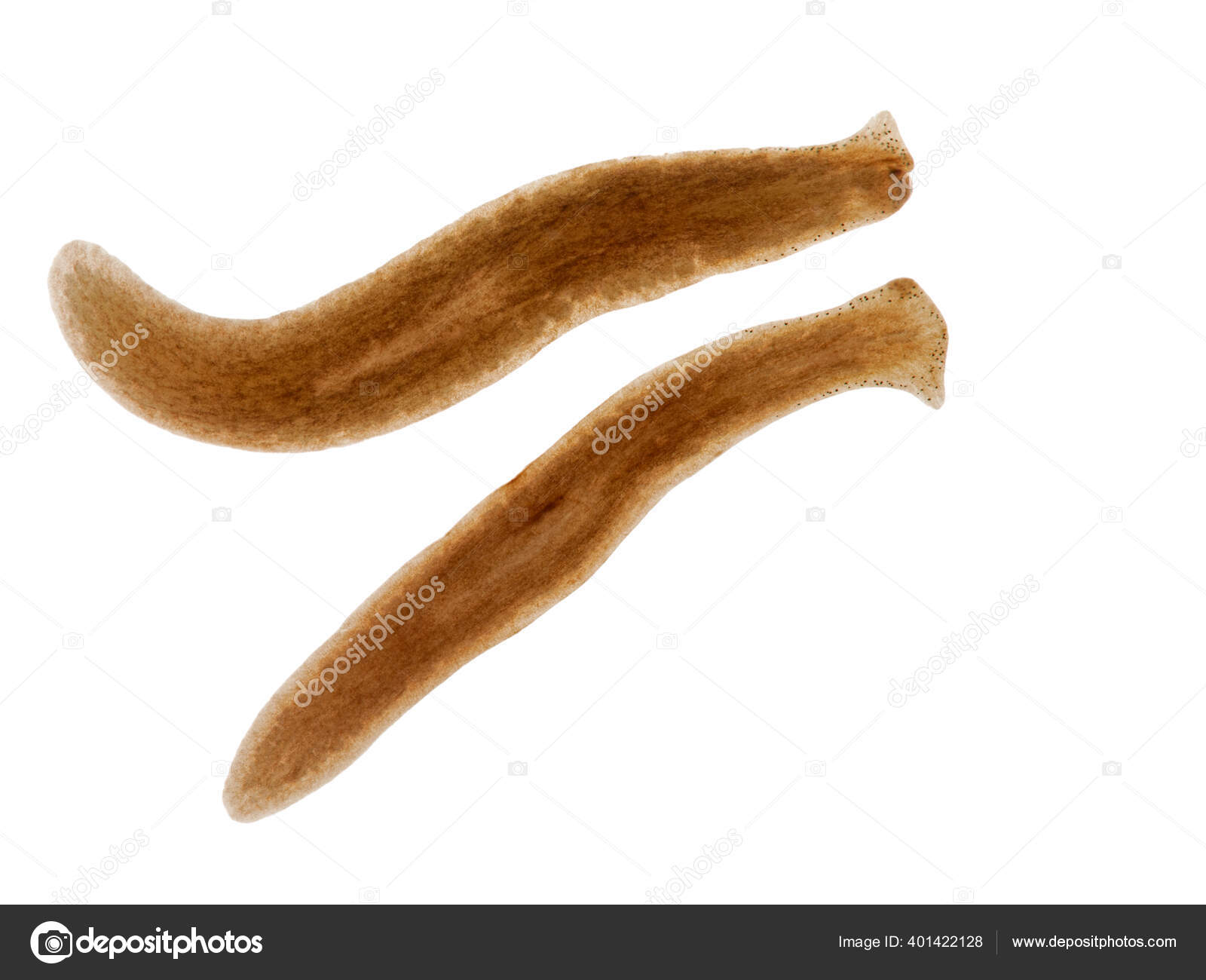Two specimens of Polycelis coronata, small freshwater triclad flatworms (planaria) found in cold streams in North America. Collected in Delta, British Columbia, Canada — Illustration
Two specimens of Polycelis coronata, small freshwater triclad flatworms (planaria) found in cold streams in North America. Collected in Delta, British Columbia, Canada
— Illustration by EWTC- AuthorEWTC

- 401422128
- Find Similar Images
- 4.5
Stock Illustration Keywords:
- uncommon
- aquatic
- flatworms
- flatworm
- polycelis
- closeup
- worm
- triclad
- close up
- triclada
- invertebrate
- nature
- aquatic invertebrate
- water
- benthic
- wild
- animal
- eye spots
- planarian
- unusual
- close
- predator
- streams
- british columbia
- freshwater
- eyes
- brown
- Macro photography
- isolated
- polycelis coronata
- spings
- planaria
- fauna
- North America
- platyhelminthes
- natural
- white
- creeks
- detail
- turbellaria
Same Series:
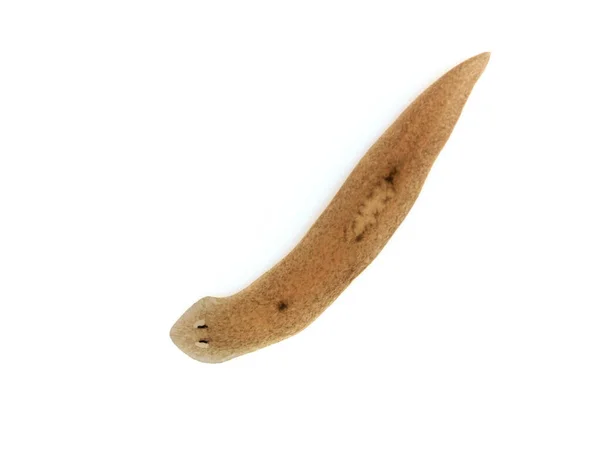



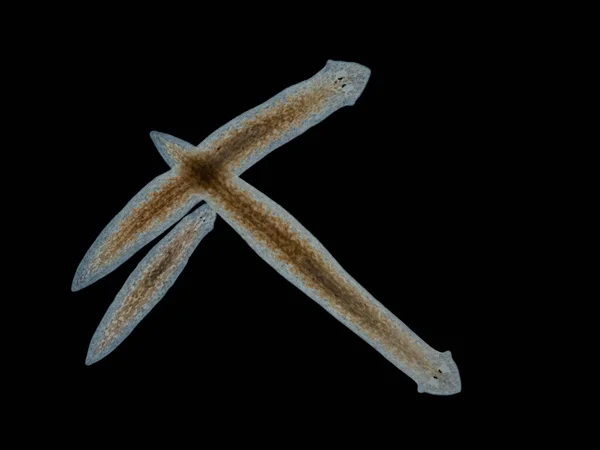


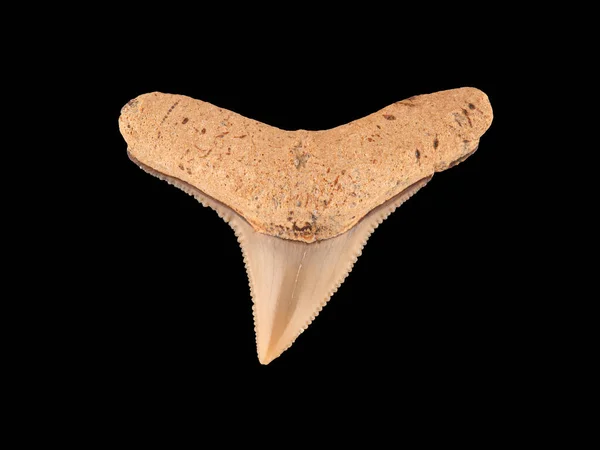
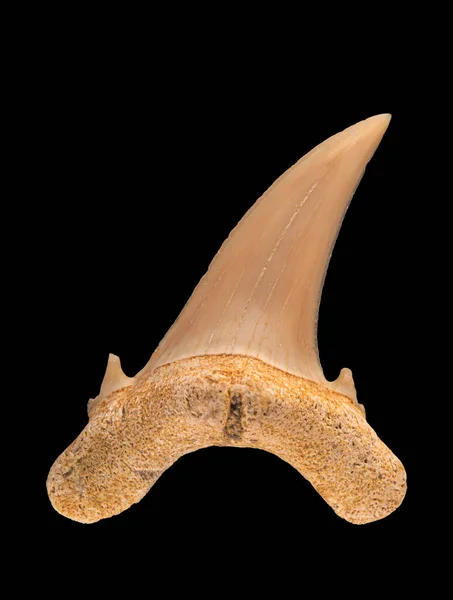





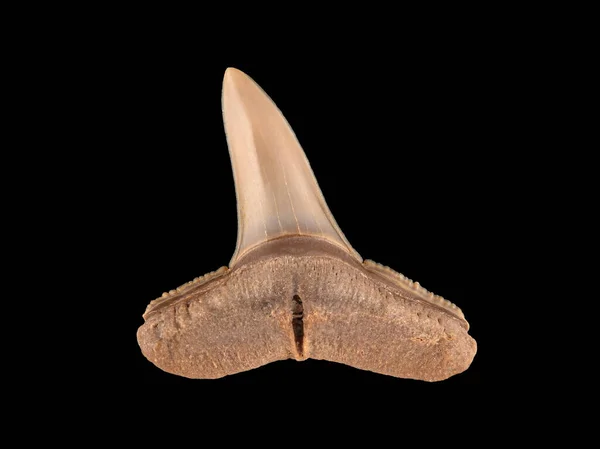

Usage Information
You can use this royalty-free illustration "Two specimens of Polycelis coronata, small freshwater triclad flatworms (planaria) found in cold streams in North America. Collected in Delta, British Columbia, Canada" for personal and commercial purposes according to the Standard or Extended License. The Standard License covers most use cases, including advertising, UI designs, and product packaging, and allows up to 500,000 print copies. The Extended License permits all use cases under the Standard License with unlimited print rights and allows you to use the downloaded stock illustrations for merchandise, product resale, or free distribution.
You can buy this illustration and download it in high resolution up to 4608x3456. Upload Date: Aug 14, 2020
